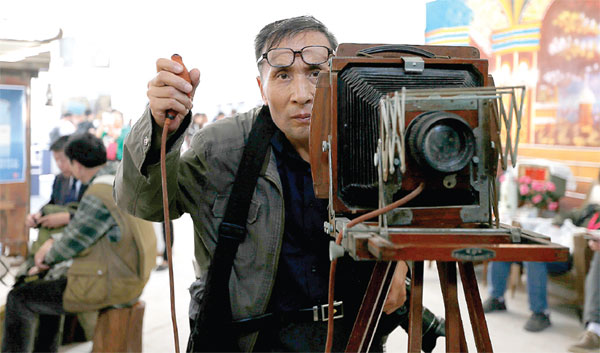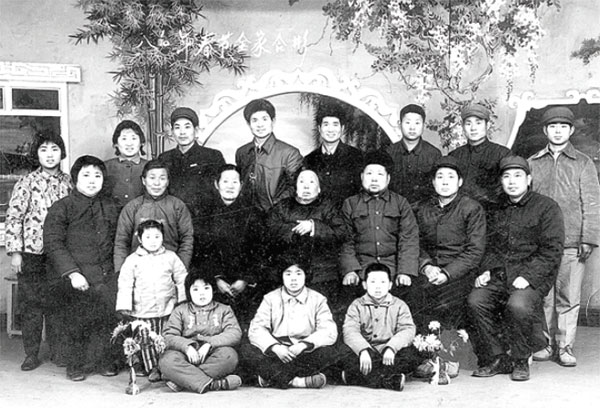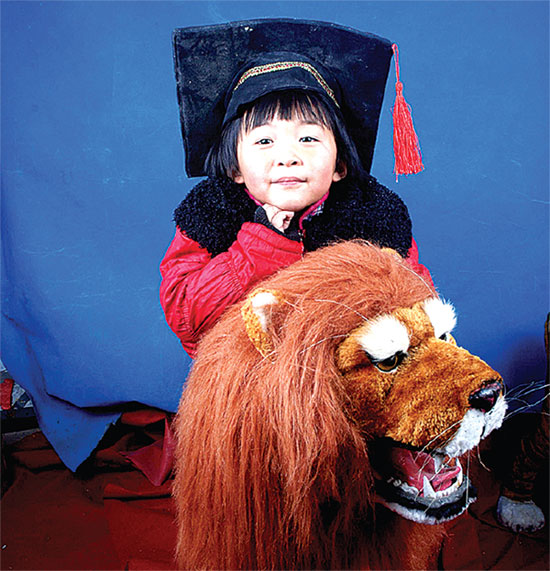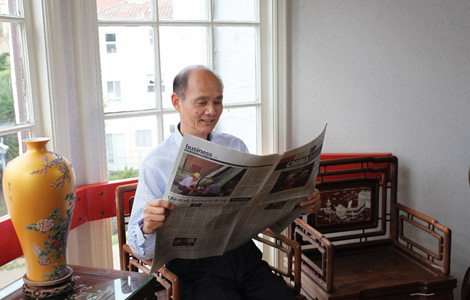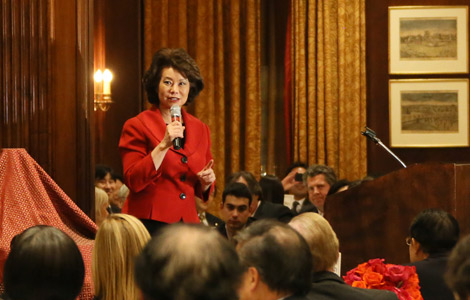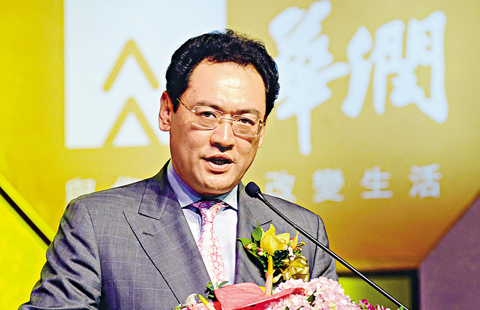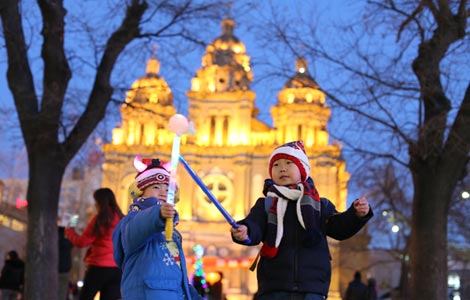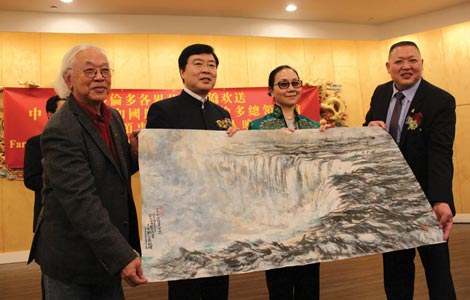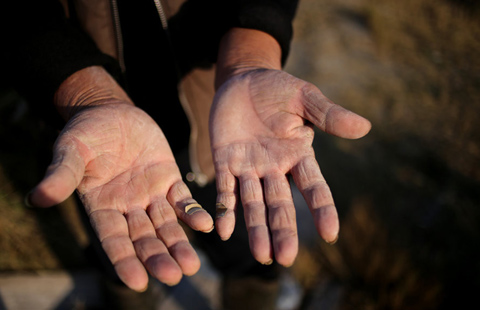Snapshots in time
Updated: 2014-12-17 07:08
By Xing Yi(China Daily USA)
|
||||||||
A new book collects the oral history of an old trade - that of rural photography from the days before cameras were widely available. Xing Yi reports.
Into the Village Comes the Photographer develops a portrait of a bygone breed of rural photographers in Henan, Shandong, Anhui and Jiangsu provinces, who plied their trade before cameras became ubiquitous.
Author Wang Yong says he felt a responsibility to record this largely forgotten legacy.
|
China's rural photographers bear witness to the country's rapid development from the 1950s to the 1980s. Photos Provided to China Daily |
The 39-year-old, who's also a photographer from an Anhui village, spent whatever free weekends he had over the past three years interviewing the 24 photographers featured.
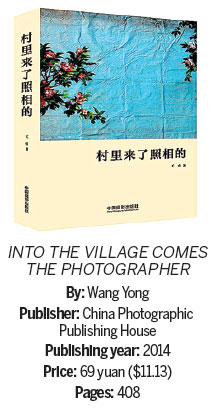
"There are few written works about China's rural photographers since more attention has been paid to photography's development in big cities," Wang explains.
"I was racing against time."
Many of these photographers have died, and their works have been lost.
"Whenever I was on the road to a town hunting for old studios and photographers, I feared they might no longer be around."
The book is supplemented with 300 photos of villagers and props from the 1950s to the 1980s.
The countryside's early shutterbugs were mostly self-taught. Some learned from relatives in cities, some from Western missionaries and some picked up their skills during the Japanese occupation in the 1930s, when the invading army made them photograph villagers for identification.
Most of the book's shutterbugs took to the trade after New China's founding in 1949. They typically worked in the county towns' studios. In 1956, the government initiated a policy merging all private studios into a single State-owned entity.
From the late '50s to the early '80s, villagers had to travel to the nearest county to get photographs taken. Consequently, State-run studios inadvertently became centers of the countryside's visual memory.
Photographers sometimes hauled their clunky equipment by bike from village to village to snap weddings, newborns and family reunions.
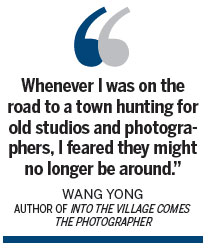
"Villagers welcomed us with great enthusiasm," recalls 85-year-old Li Jianxing, who worked in Anhui's Bozhou.
"They'd shout: 'Look! Here comes the photographer from the county!'"
But things changed with the 1980s' reform and opening-up, when private studios started popping up and cameras became available to more ordinary people.
Photo critic Jin Yongquan, who encouraged Wang to write the book, notes in its preface: "This is a valuable work. What Wang presents is a vital, yet long overlooked, component of modern visual culture. Its narratives and photos - while they may seem overly detailed and incoherent - create a mosaic of the geographical and historical imagination of photography in the Chinese countryside."
Contact the writer at xingyi@chinadaily.com.cn
|
Taking a family photo in a studio was a ritual for significant occasions like the Spring Festival, when cameras were rare for most people. |
|
Youngsters were one of the major customers in the old studios. |
(China Daily USA 12/17/2014 page8)
Most Viewed
Editor's Picks

|
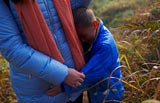
|

|

|
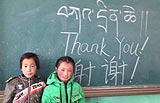
|

|
Today's Top News
Don't ignore own culture for Xmas, schools tell students
Christmas a day for Chinese food in US
China urged to tap Canada's talent
Research center honors late translator
Chinese dancer joins Nutcracker
Beauty firm's business not pretty in China
Reform set for GDP calculation
'Anti-graft' fight is hottest online topic
US Weekly

|

|
